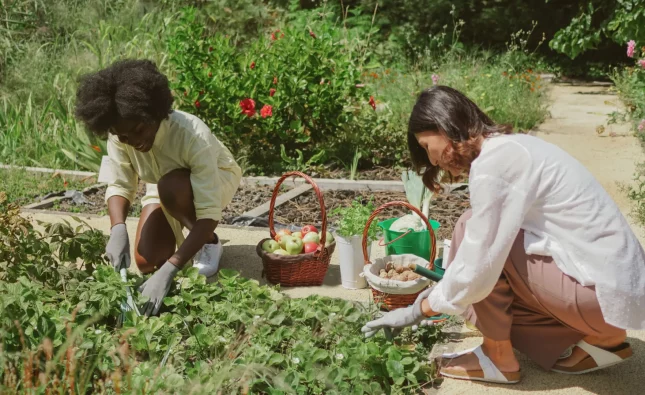
Introduction:
Creating a beautiful and sustainable garden is a dream for many homeowners. One way to achieve this is by incorporating indigenous plants into your yard. Indigenous plants are those that are native to a particular region and have adapted to the local climate and soil conditions. They are also an essential part of the local ecosystem, providing food and shelter for wildlife. In this article, we will guide you through the process of choosing the right indigenous plants for your yard, from wildflowers to berry bushes.
Understanding Your Yard:
Before you start selecting plants, it’s essential to understand your yard’s conditions. Take note of the amount of sunlight your yard receives, the soil type, and the moisture levels. This information will help you choose plants that are well-suited to your yard’s conditions.
Choosing Wildflowers:
Wildflowers are a popular choice for many homeowners because they are low-maintenance and add a pop of color to your yard. When selecting wildflowers, consider the amount of sunlight your yard receives. For example, if your yard is shaded, choose wildflowers that thrive in shade, such as columbine or wild ginger. If your yard receives full sun, consider planting black-eyed Susan or butterfly weed.
Selecting Shrubs:
Shrubs are an excellent addition to any yard because they provide structure and texture. When selecting shrubs, consider the size of your yard and the amount of sunlight it receives. For example, if you have a small yard, choose compact shrubs such as spicebush or inkberry. If your yard receives full sun, consider planting blueberry bushes or elderberry shrubs.
Planting Trees:
Trees are an essential part of any ecosystem, providing shade, shelter, and food for wildlife. When selecting trees, consider the size of your yard and the amount of sunlight it receives. For example, if you have a small yard, choose a small tree such as a dogwood or redbud. If your yard is large, consider planting a white oak or red maple.
Maintaining Your Indigenous Plants:
Once you have selected your indigenous plants, it’s essential to maintain them properly. Water your plants regularly, especially during dry spells, and fertilize them as needed. Prune your shrubs and trees to maintain their shape and remove any dead or diseased branches. Finally, be sure to remove any invasive species that may threaten your indigenous plants.
Conclusion:
Incorporating indigenous plants into your yard is an excellent way to create a beautiful and sustainable garden. By understanding your yard’s conditions and selecting plants that are well-suited to those conditions, you can create a thriving ecosystem that provides food and shelter for wildlife. Whether you choose wildflowers, shrubs, or trees, be sure to maintain them properly to ensure their long-term health and beauty.










